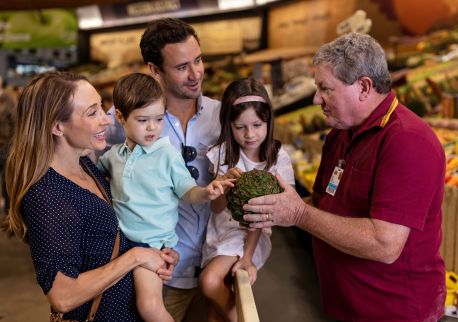Ebenezer Church
Highlights
Enjoy Devonshire tea in the historic 1817 Schoolmaster's House
Explore a heritage cemetery with graves of early free settlers
Overview
Built in 1809 Ebenezer Church is the oldest existing church in Australia and became the first Presbyterian Church in Australia in 1824.
It pioneered education in the colony, beginning a school in 1810. The church is the oldest existing school building, constructed in 1817 as a residence for the teacher and is now open for Devonshire teas and coffees. The first burial was in 1812; the cemetery is one of the most important in Australia with six generations buried in its grounds, including some of the first free settlers in the colony.
Visitors can take a self-guided tour using the pamphlets provided. The pamphlet contains information on the historic precinct of the church, cemetery, churchyard and the historic tree across Coromandel Road.
Visit the Schoolmaster's House to view photographs and memorabilia on the church's interesting history. Casual visitors may enjoy Devonshire teas/coffees (lunch available for large groups only) and purchase locally made jams, crafts, souvenirs and family and church history books.
Groups such as coaches, car and social clubs must make bookings for teas/lunches. A talk on the fascinating history of Ebenezer Church is offered at no extra charge.





















